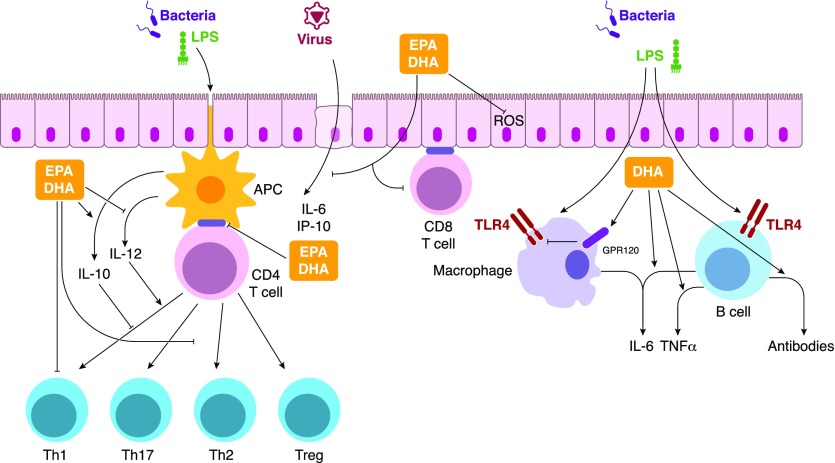Figure 2. Potential mechanisms by which the long-chain n-3 PUFAs EPA and DHA target innate and adaptive immunity in pulmonary inflammation.
EPA and DHA target receptors such as GPR120 and TLR4, potentially through modification of lipid raft architecture, to influence key immune responses. These responses range from inhibition of APC–T cell synapse formation and suppression of inflammatory cytokines to the initiation of antibody production. Key roles for EPA and DHA remain elusive—particularly the relationship between generation of specialized proresolving lipid mediators (not depicted for simplicity) in response to exogenous EPA and DHA levels, to aid in the resolution of inflammation.

